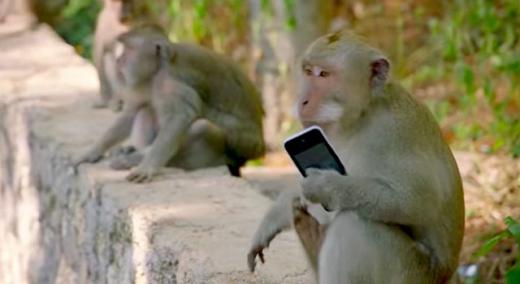Today I’m looking at the ideas inspired by mirror neurons. Mirror neurons are a class of neurons that activate when someone engages in an activity, or when they observe the same activity being performed by someone else.
|
ADVERTISEMENT |
The phenomenon was first identified by a group of Italian neurophysiologists led by Giacomo Rizzolatti during the 1980s. They were studying macaque monkeys. As part of their research, they placed electrodes in the monkeys’ brains to study hand and mouth motions. The story goes that the electrodes sent signals when the monkeys observed the scientists eating peanuts. The same neurons that fired when the monkeys were eating peanuts fired when they merely observed the same action.
…

Add new comment